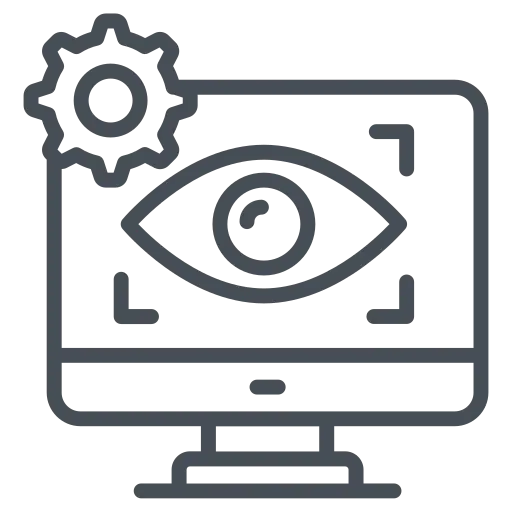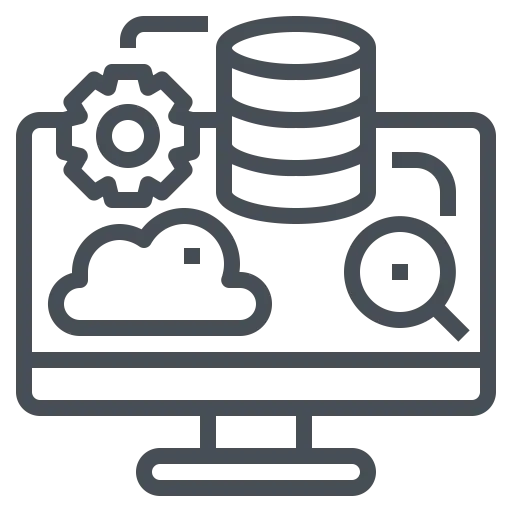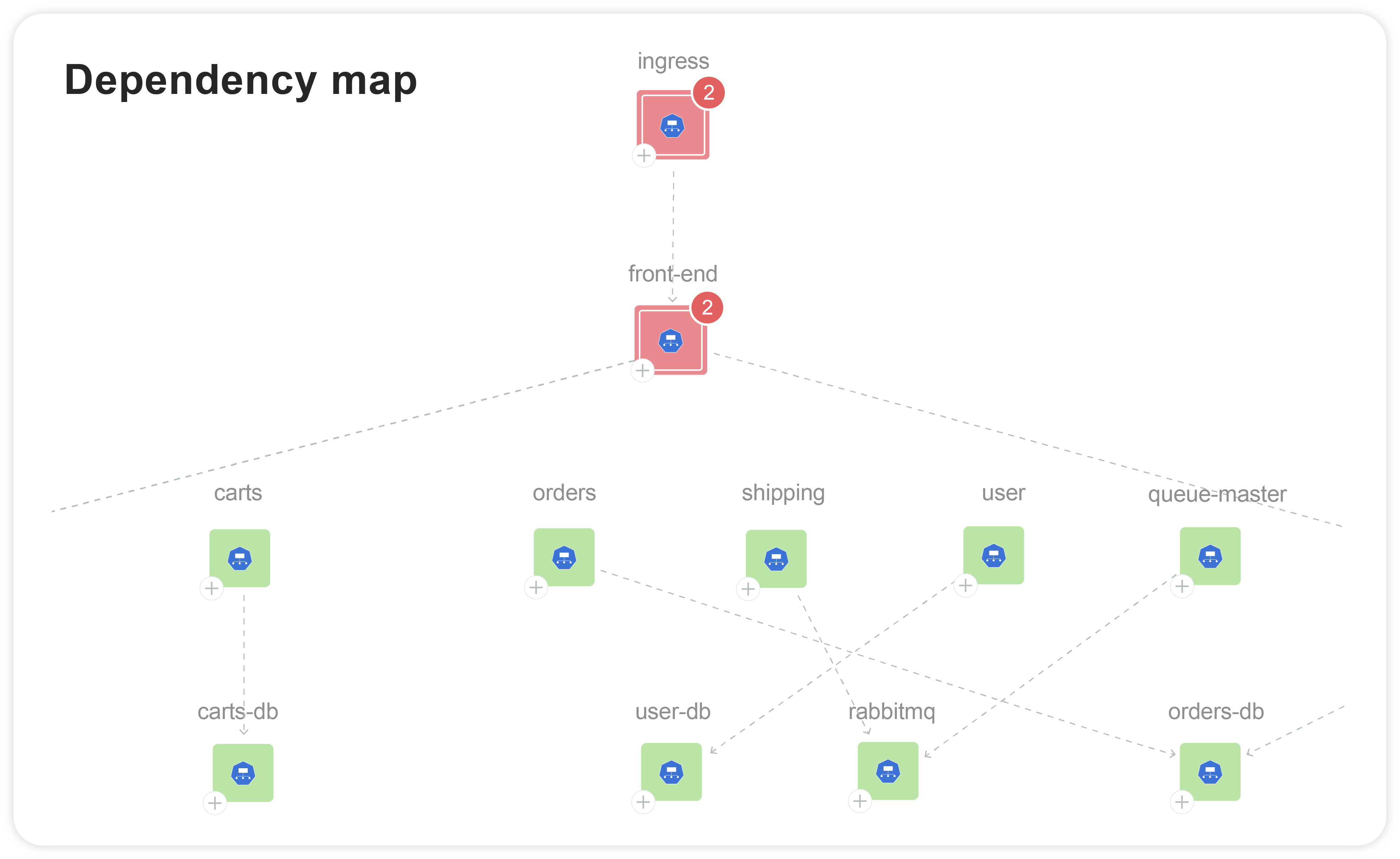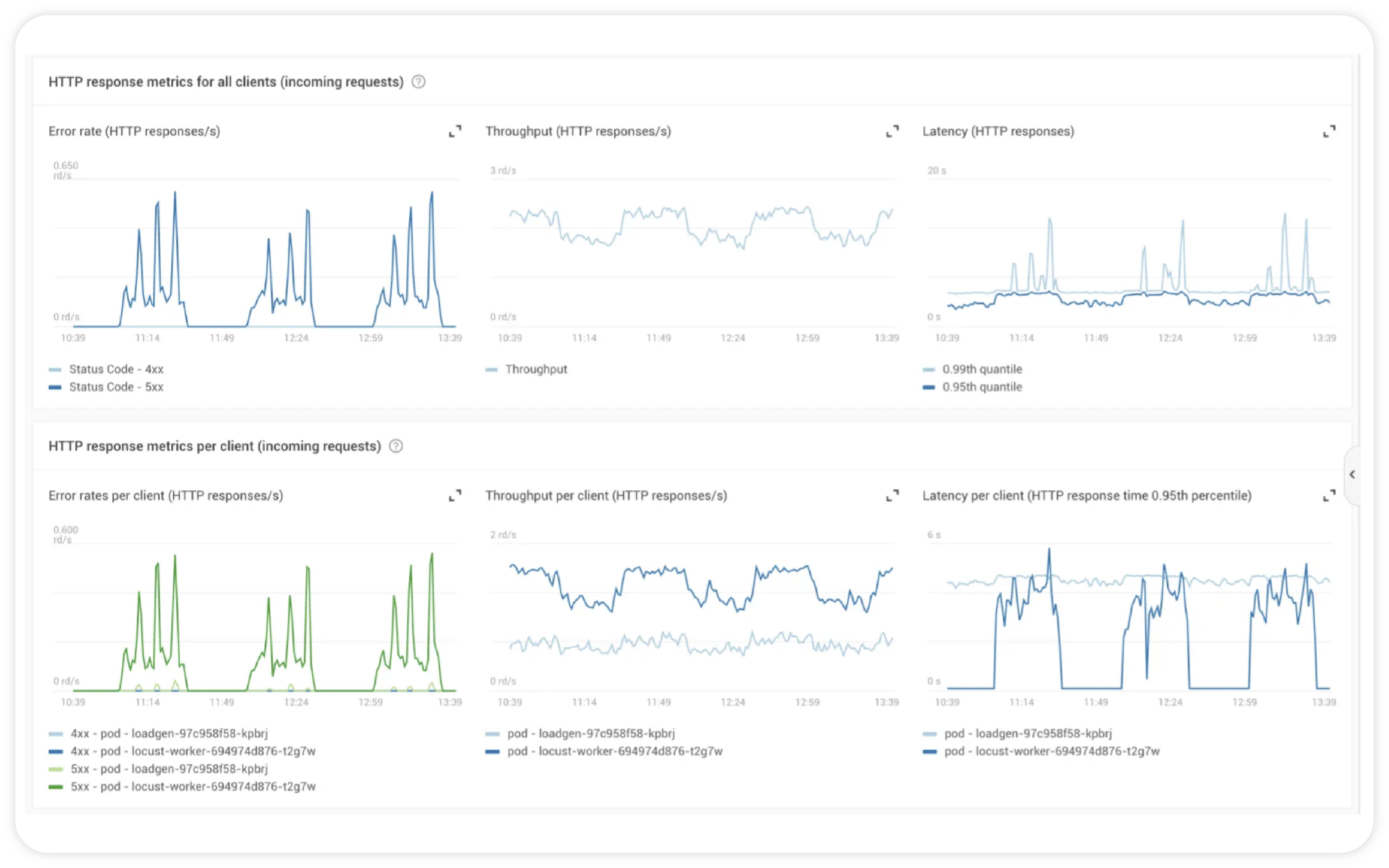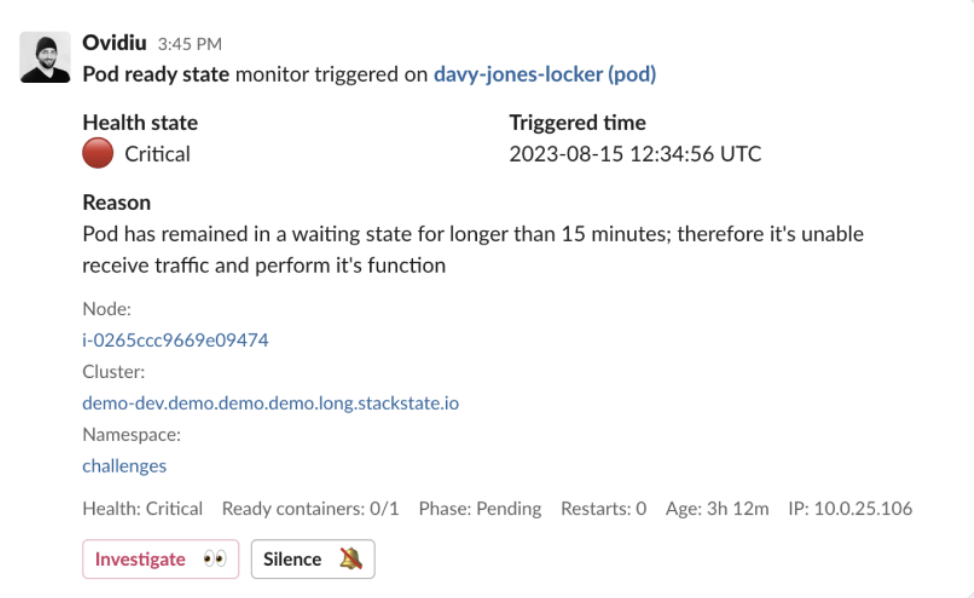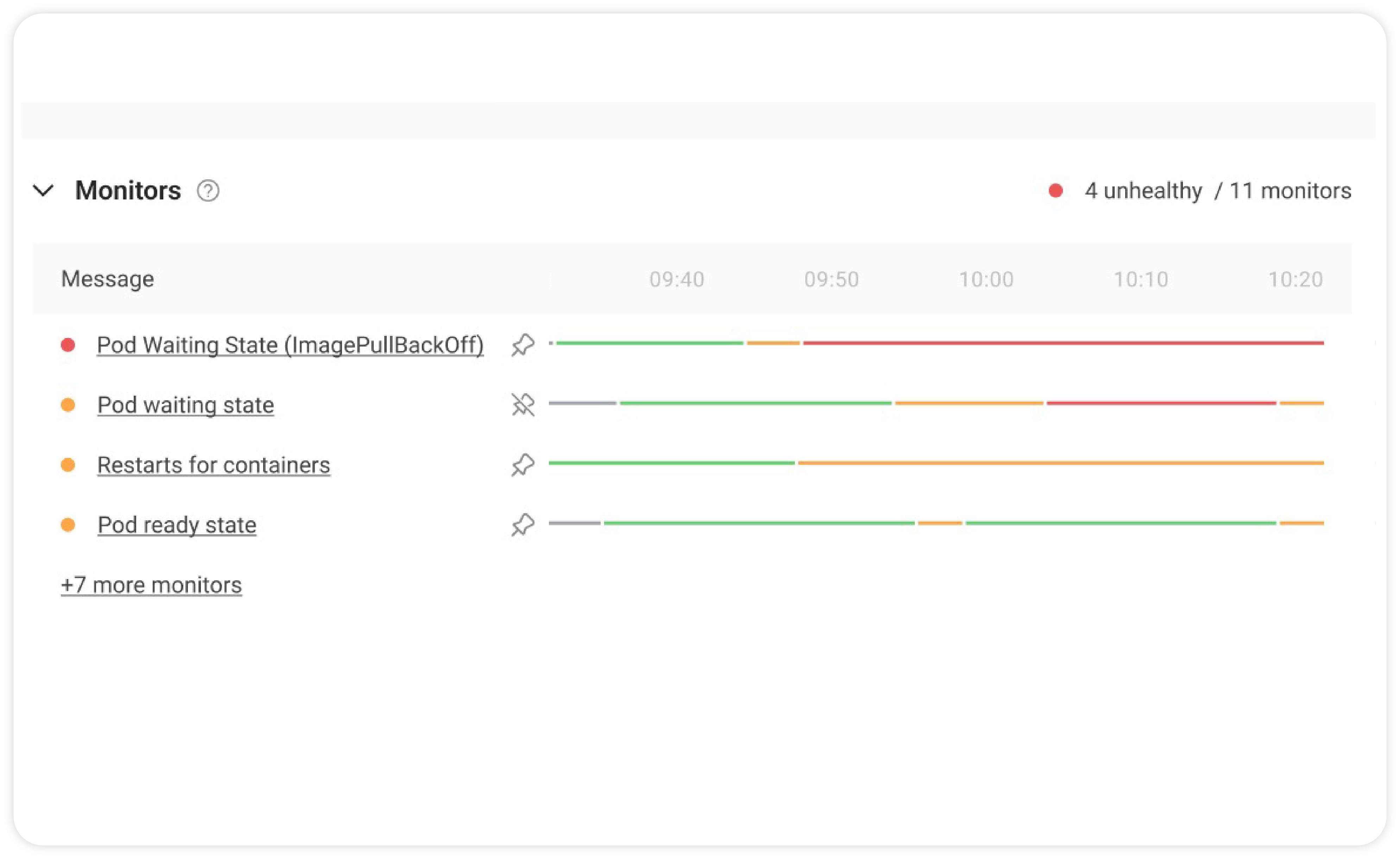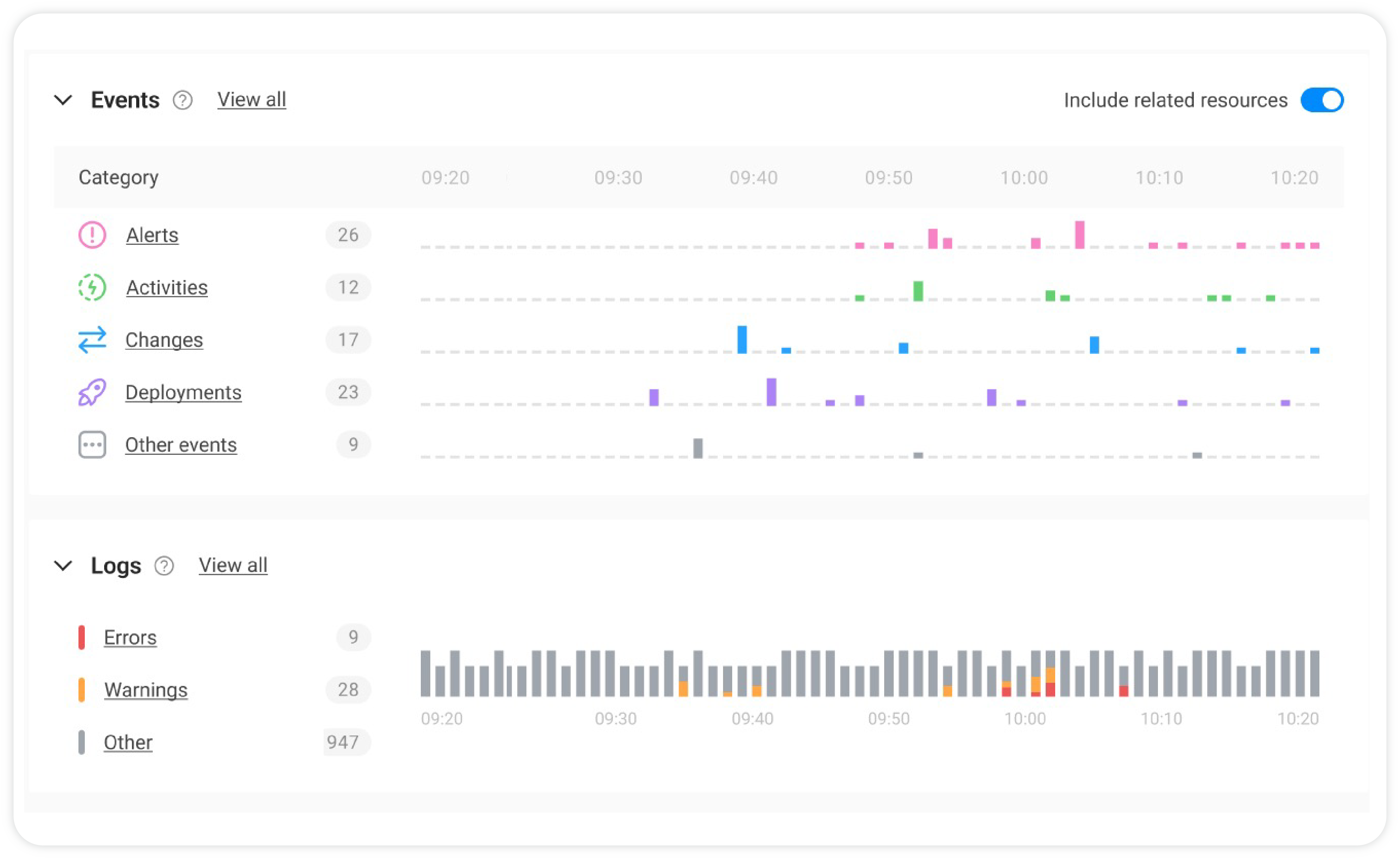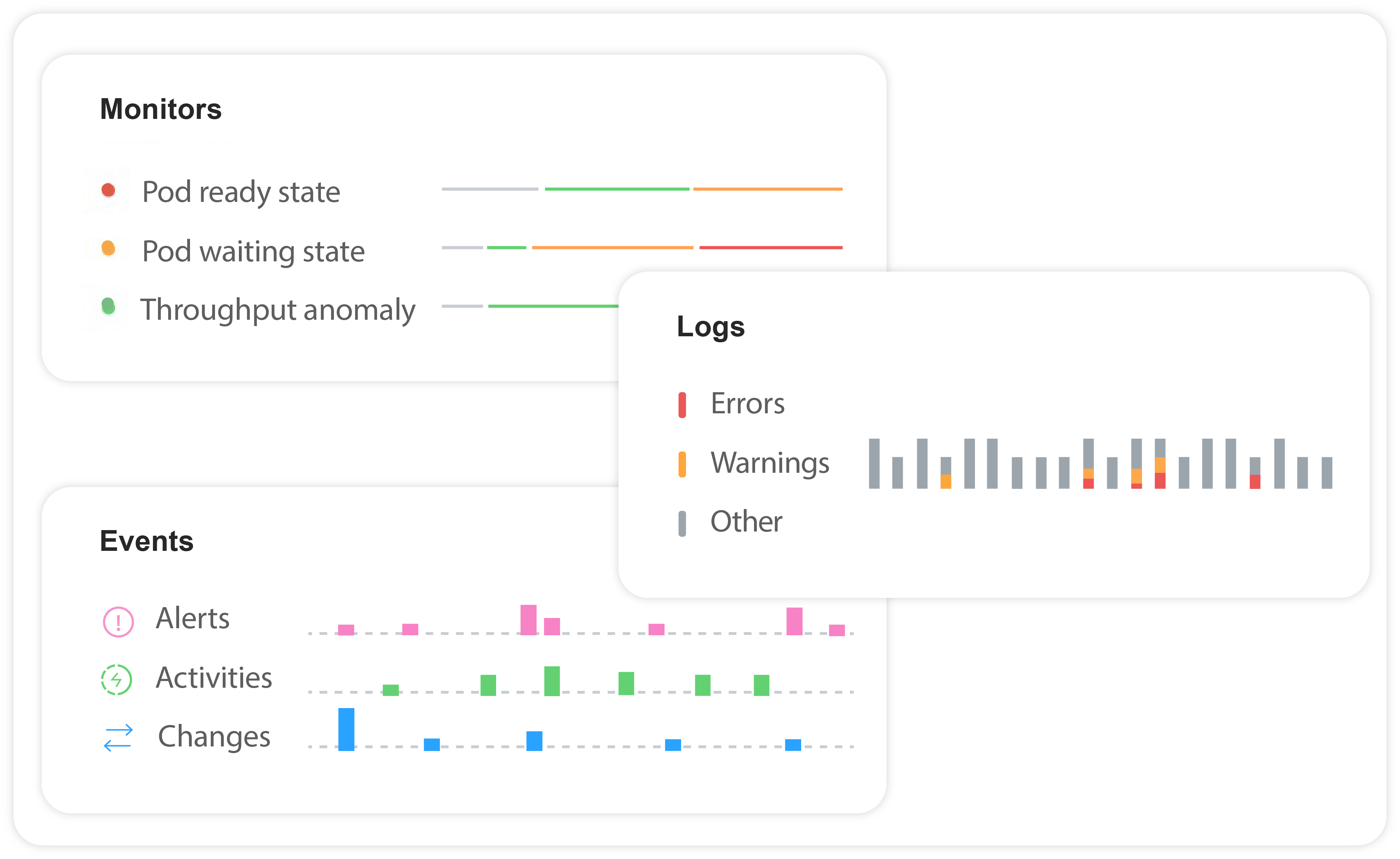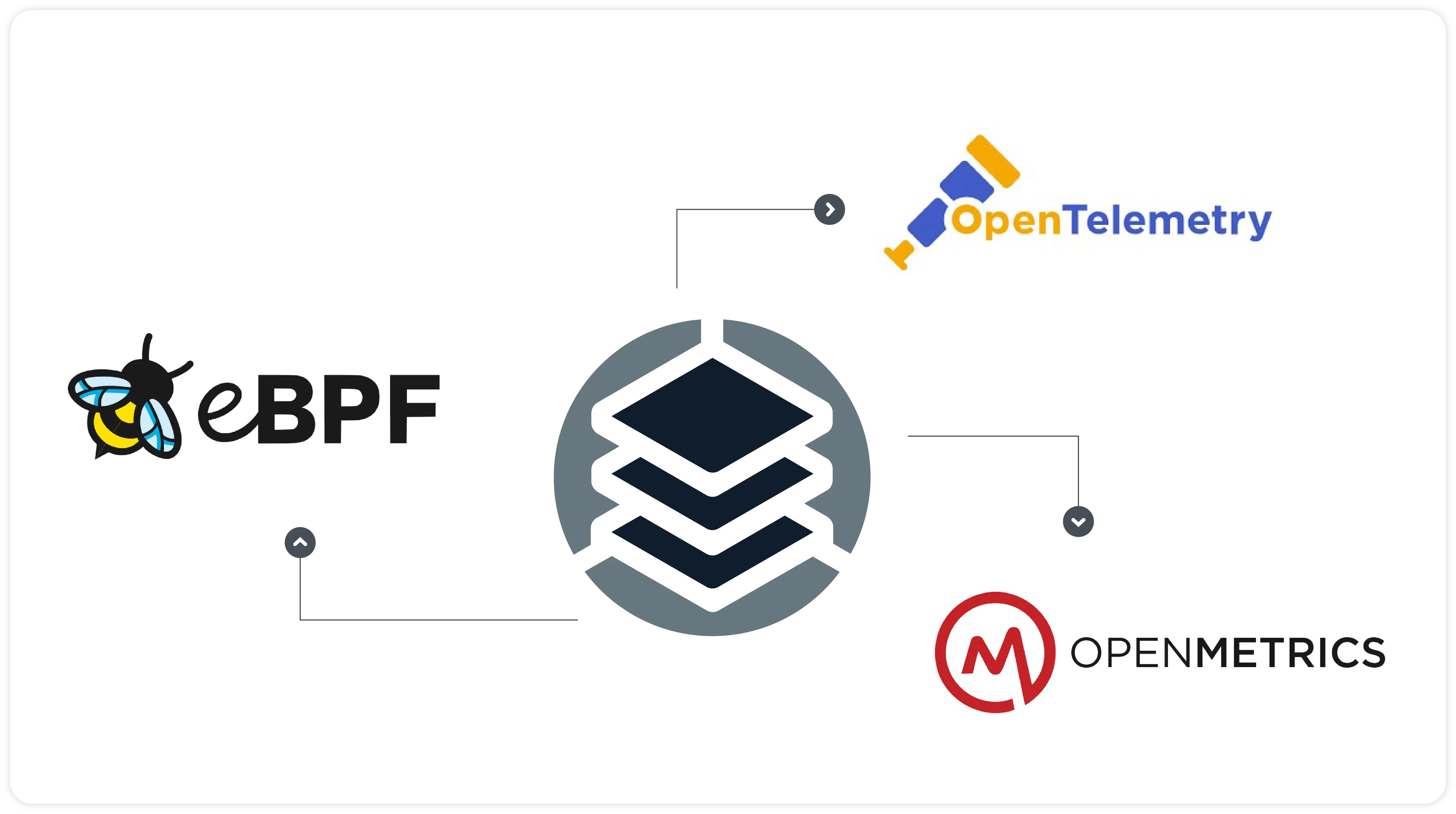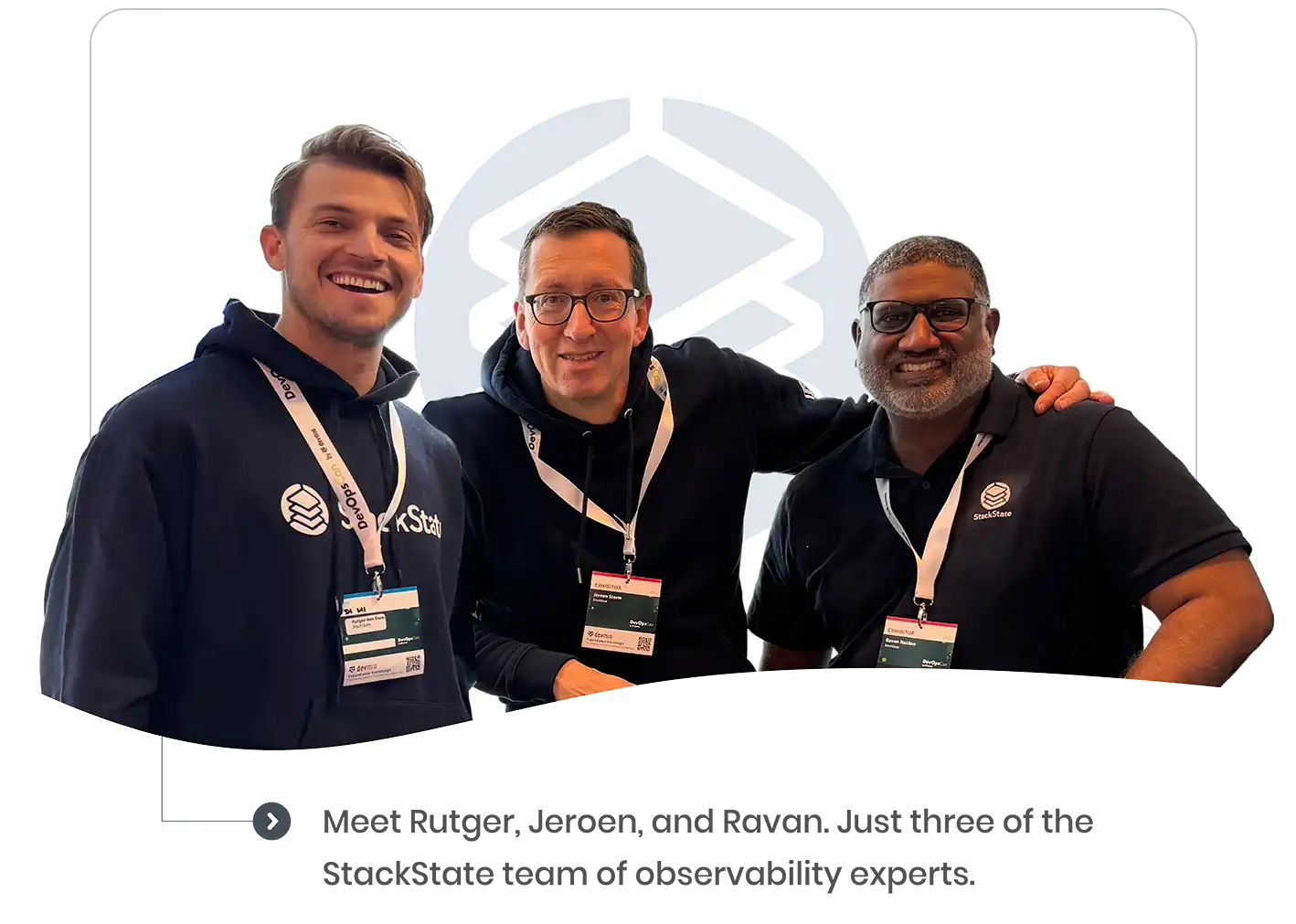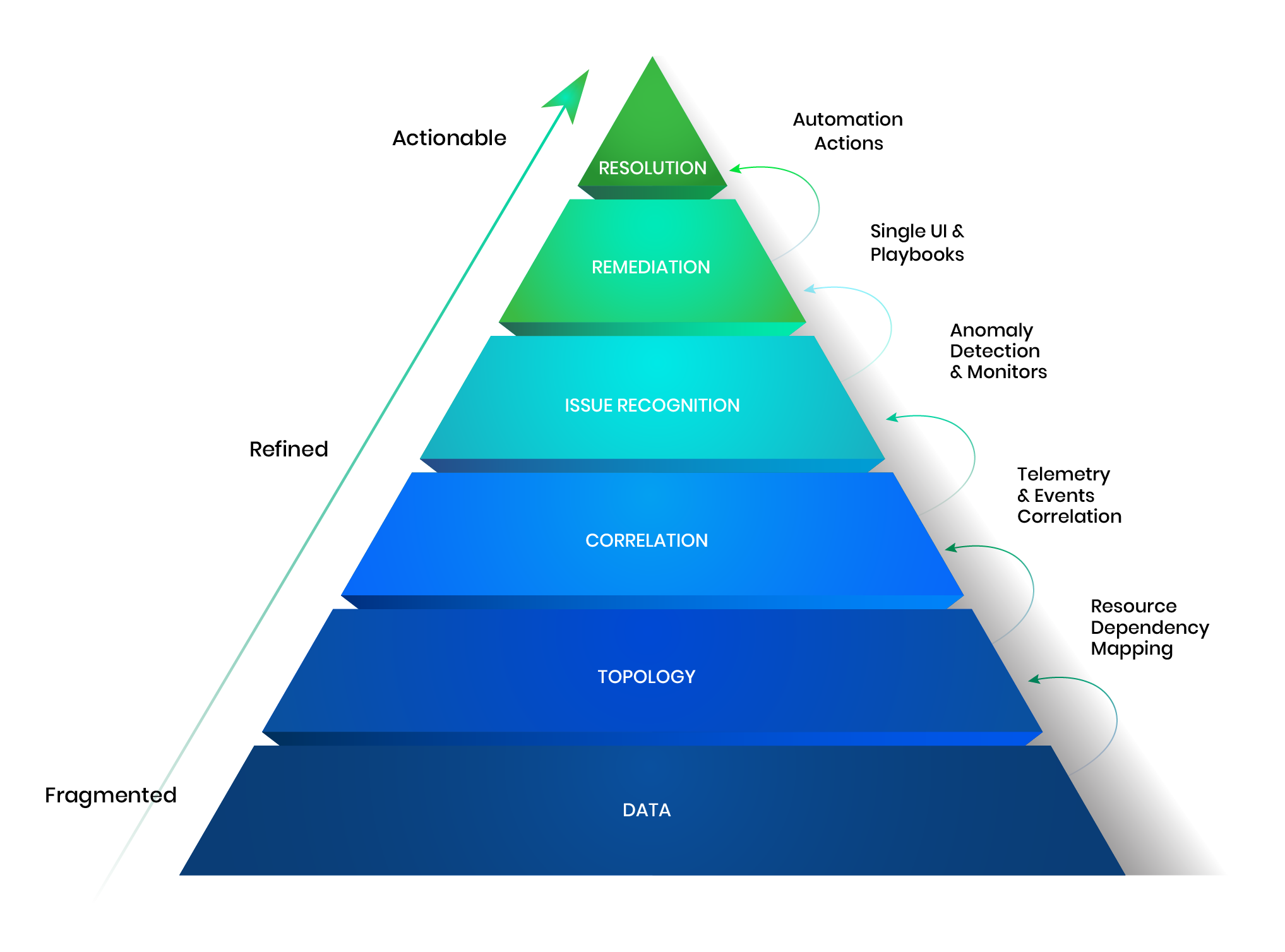

Provide a contextual and holistic view of your tech stack for complete infrastructure clarity
Centralize information for developers, platform engineers, and business leaders through a unified interface
Reduce alert fatigue by correlating changes, detecting anomalies, and acting proactively
Empower SREs with guided remediation for developer-driven service excellence
Simplify troubleshooting by eliminating multiple tools, allowing teams to focus on minimizing service impact

